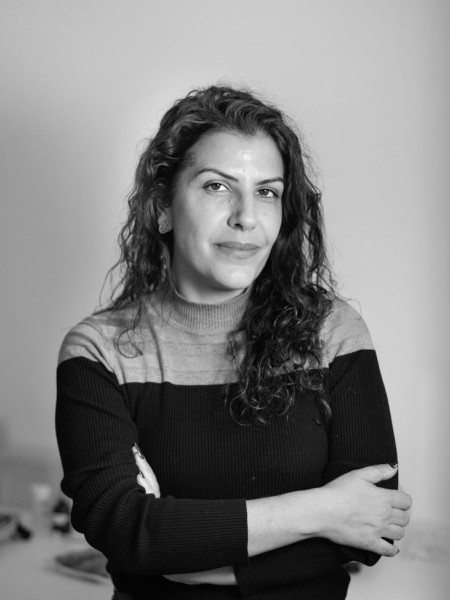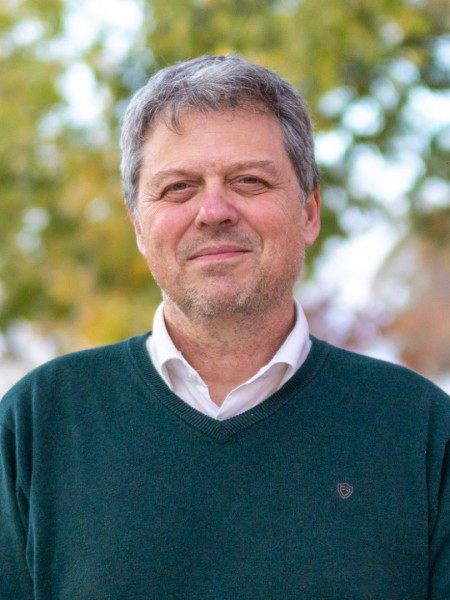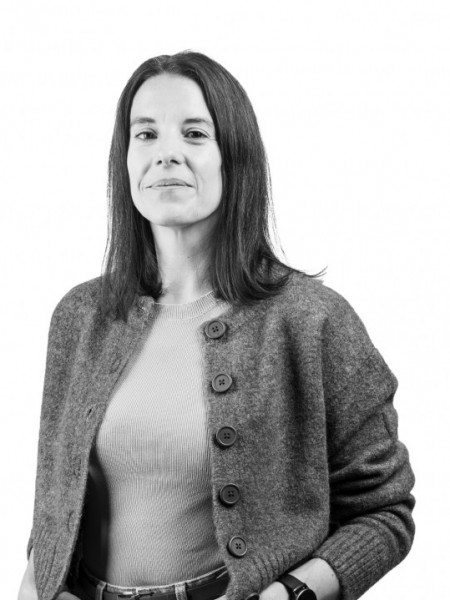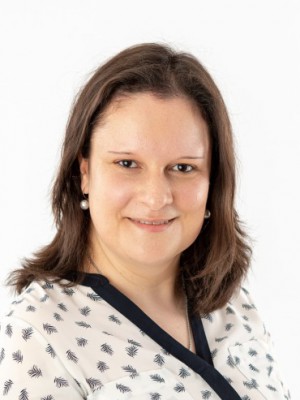resumo
Photo-crosslinkable platelet lysate (PL)-based hydrogels have been proven to support human-derived cell cultures owing to their high content of bioactive molecules, such as cytokines and growth factors. As a unique self-maintained and biocompatible 3D scaffold, the recently reported self-feeding hydrogels with enzyme-empowered degradation capacity have shown high biological performance in vitro and in vivo. To take advantage of all features of both PL and self-feeding hydrogels, here UV responsive laminaran-methacrylate (LamMA) and PL-methacrylate (PLMA) derivatives plus glucoamylase (GA), which significantly improve the overall features of a 3D system, is coupled. This self-sustaining hybrid hydrogel emerges as a unique scaffold due to the sustained delivery of glucose produced via enzymatic degradation of laminaran while granting the release of growth factors through the presence of PL. This biomaterial is applied to fabricate high-throughput freestanding microgels with controlled geometric shapes. Furthermore, this multicomponent hybrid hydrogel is successfully implemented as the first reported glucose supplier bioink to manufacture intricate and precisely defined cell-laden structures using a support matrix. Finally, such hydrogels are utilized as a proof of concept to serve as 3D in vitro cancer models, with the aim of recapitulating the tumor microenvironment. Self-sustaining hydrogels emerge as a unique scaffold due to the sustained delivery of glucose produced via enzymatic degradation of laminaran while granting the release of growth factors through the presence of platelet lysate. This multifunctional hydrogel holds promise for the future development of 3D structures in a variety of biotechnological applications as an autonomous cell-supporting system with high cell functionality.image
palavras-chave
PROTEIN HYDROGELS; TISSUE; FABRICATION; TECHNOLOGY; METABOLISM; GLUCOSE
categoria
Chemistry; Science & Technology - Other Topics; Materials Science; Physics
autores
Zargarzadeh, M; Gomes, MC; Patrício, SG; Custódio, CA; Mano, JF
nossos autores
Projectos
CICECO - Aveiro Institute of Materials (UIDB/50011/2020)
CICECO - Aveiro Institute of Materials (UIDP/50011/2020)
Associated Laboratory CICECO-Aveiro Institute of Materials (LA/P/0006/2020)
Hidrogéis de Lisados de Plaquetas para Regeneração do Miocárdio (BEAT)
Collaboratory for Emerging Technologies, CoLab (EMERGING TECHNOLOGIES)
agradecimentos
This work was developed within the scope of the project CICECO-Aveiro Institute of Materials, Nos. UIDB/50011/2020, UIDP/50011/2020, and LA/P/0006/2020, financed by national funds through the FCT/MEC (PIDDAC). This work was also supported by the project REBORN (ref. ERC-2019-ADG-883370) and Beat project (Nos. PTDC/BTMMAT/30869/2017 - POCI-01-0145-FEDER-030869). M.Z. acknowledged the doctoral Grant No. SFRH/BD/143883/2019 and C.A.C. acknowledged the individual contract No. 2020.01647.CEECIND.





